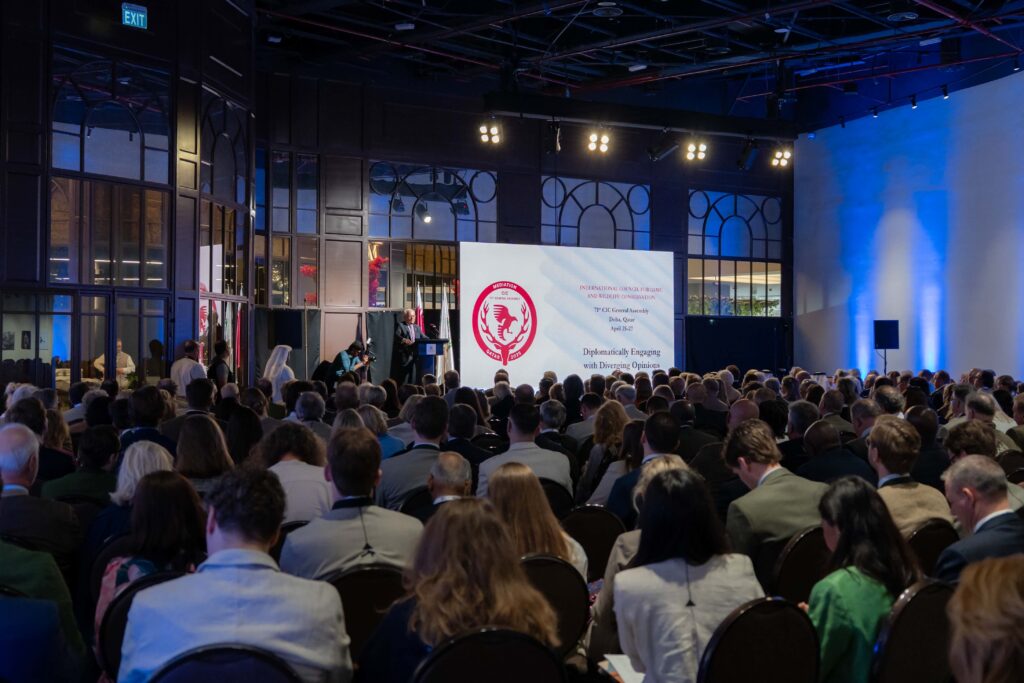Home » News & Press » 70th General Assembly – Program and Speakers
Facebook
X
LinkedIn




